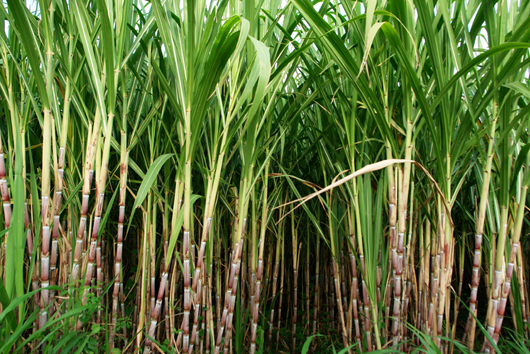TRADE barriers and poor infrastructure are preventing sugar producers in sub-Saharan Africa from accessing under-supplied regions on the continent as an imminent end to import quotas in the European Union compels them to find new markets.
A preferential-access deal with the EU for African, Caribbean and Pacific sugar producers ends in September 2017, potentially depriving the farmers further access to a duty-free market.
Exports to the EU account for a fifth of the sub-Saharan region’s current annual output of about 7.5 million metric tons, according to Cooperatieve Rabobank UA.
While sub-Saharan Africa consumes more sugar than it produces, growers may struggle to plug this shortfall because insufficient infrastructure makes deliveries between regions difficult and import duties lift the cost of sales, said Lindsay Jolly, a senior economist at the International Sugar Organisation.
“The first question is—do you have the infrastructure in place, those highways of trade throughout Africa?” Jolly said Thursday on the sidelines of a conference in Maputo, Mozambique. “The answer is you haven’t got those. The less competitive players just may have to produce less.”
Consumption forecast
Sub-Saharan Africa will consume 10.2 million tons of the sweetener in 2016, creating supply shortfall of about 2.4 million tons in the region, according to the International Sugar Organisation. Sales to the EU account for the vast majority of exports from Mauritius and Mozambique, and about half of those from Swaziland, Gareth Forber, head of sugar research at LMC International Ltd., said at the conference.
While EU sugar production is expected to increase when the reform measures take effect next year, African producers may still sell to some markets in the region, especially in southern Europe, Jack Marrian, head of south and east African sugar trading at ED&F Man Holdings, said in Maputo.
Deliveries from Africa to this region are in many instances cheaper than shipments from northern Europe, which accounts for the bulk of the continent’s production, Marrian said. Many European producers make sugar from beets planted on local soil.
The EU will continue to buy African raw sugar, but will purchase less, Ruud Schers, a sugar analyst at Rabobank in Utrecht, Netherlands, said by phone. “This means those volumes will need to find other homes.”
Current projects may lift sub-Saharan Africa’s sugar output to 10 million tons over the next six years, Schers said. While global consumption is growing at an annual rate of 1.5% to 2%, the continent’s demand may exceed 12.2 million tons, about 22% more than current consumption, by 2020 and create more opportunities for growers, he said.
Despite increasing demand, some producers may shelve new projects in regions where oversupply exists, said Larry Riddle, a commercial director at Illovo Sugar Ltd. in South Africa.
New industries
Growers may invest in new industries that will create demand for their produce, such as ethanol production, Jose Orive, executive director of the London-based International Sugar Organisation, said at the conference.
Countries such as Mauritius have started investing in refining infrastructure to diversify away from raw-sugar exports, Schers said.
African growers can find new buyers on the continent if they displace some 1.5 million tons to 2.5 million tons of Brazilian, Indian and Thai sugar that are shipped to eastern and southern Africa annually, LMC International’s Forber said.
“For that to happen, access to markets are going to be extremely important,” Forber said. “A lot hinges on the outcome of regional free-trade agreements.”
Raw-sugar futures have more than halved since the start of 2011.


